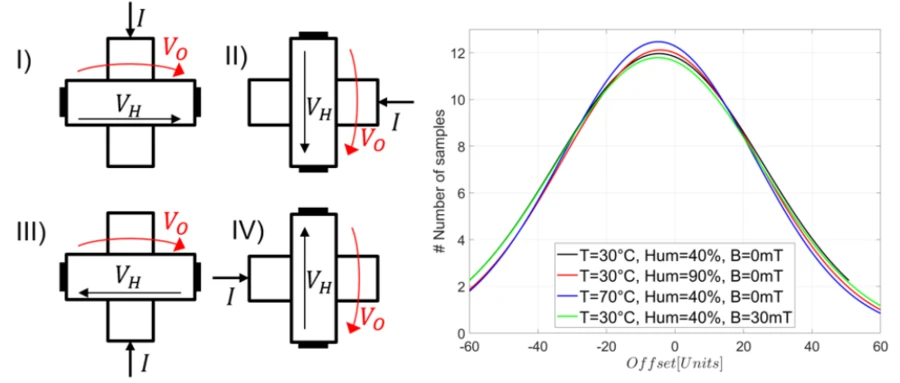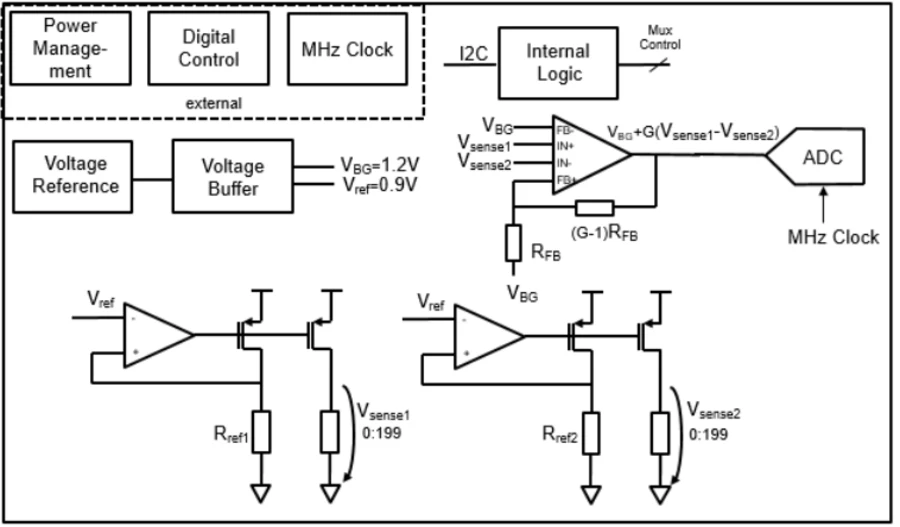

This research work is part of the FIDES Project, funded by the German Federal Ministry of Education and Research (BMBF).
Today's digital world enables self-driving cars, connected devices, or the Internet of Things. This networking simultaneously increases the requirements for secure and trustworthy embedded devices to deal with the problems of physical tampering, from stealing government secrets to manipulating slot machines or hacking bitcoin wallets.
For this reason, there is increasing demand for secured electronic systems with unique fingerprints for individual components to protect against such crime. A system in which critical sensor elements are uniquely fingerprinted increases tamper resistance and prevents the substitution with counterfeit components. Therefore, developing components, circuit boards, and sensors that provide both a unique fingerprint and tamper protection is complex.
We at the Chair of Circuit Design are working on novel concepts to use manufacturing variations of a sensor device as a random signature ('Physical Unclonable Function' - PUF for short). These fluctuations have to be extracted independently of the operating conditions (temperature, humidity, and package-induced mechanical stress).
Resistance-based Physical Unclonable Function
Established silicon PUFs such as SRAM, arbiter, or ring-oscillator PUFs efficiently generate unique patterns for cryptographic key generation [1]. As digital circuits, they provide a high compatibility with common EDA tools and adding placement constraints also facilitates balanced designs. First-order compensation mechanisms, such as balanced paths or differential evaluation of structures, can be implemented to address linear global effects.
In analog circuit design, however, manufacturing variations between circuit components that are intended to be exactly equal are highly yield-relevant. These variations are a superposition of systematic global process variations caused, e.g., by gradients in doping concentration and statistical random local variations, commonly referred to as mismatch. Both effects are typically well characterized by the foundries and can be accounted for in statistical analog simulations. We are working on a PUF primitive exploiting the mismatch of resistors with identical nominal values.
Physical Unclonable Functions using Hall Sensors

This work considers fingerprinting of Hall sensors, which usually do not support cryptographic authentication. This low-cost solution providing fingerprints with a few bits helps against accidental or intended swapping of sensors and increases the effort to fake a sensor. Integrated Hall sensors typically provide a weak analog signal affected by process fluctuations, temperature drift, packaging stress, offset voltage, and 1/f-noise caused by inhomogeneities in the doping concentration and asymmetries in the geometry [2]. Many commercial Hall sensors use the spinning current cancellation technique to eliminate these effects, as depicted in Fig. 1. Similarly, the fingerprint from the Hall sensors is obtained by exploiting the offset and compensating for the magnetic field.
Reference
C. Herder, M.-D. M. Yu, F. Koushanfar, and S. Devadas, “Physical unclonable functions and applications: A tutorial,” Proceedings of the IEEE, vol. 102, no. 8, pp. 1126–1141, 2014.
X. Chen, Y. Xu, X. Xie, Y. Guo, and Y. Huang, “A novel hall dynamic offset cancellation circuit based on four-phase spinning current technique,” in 2015 China Semiconductor Technology International Conference, 2015.
